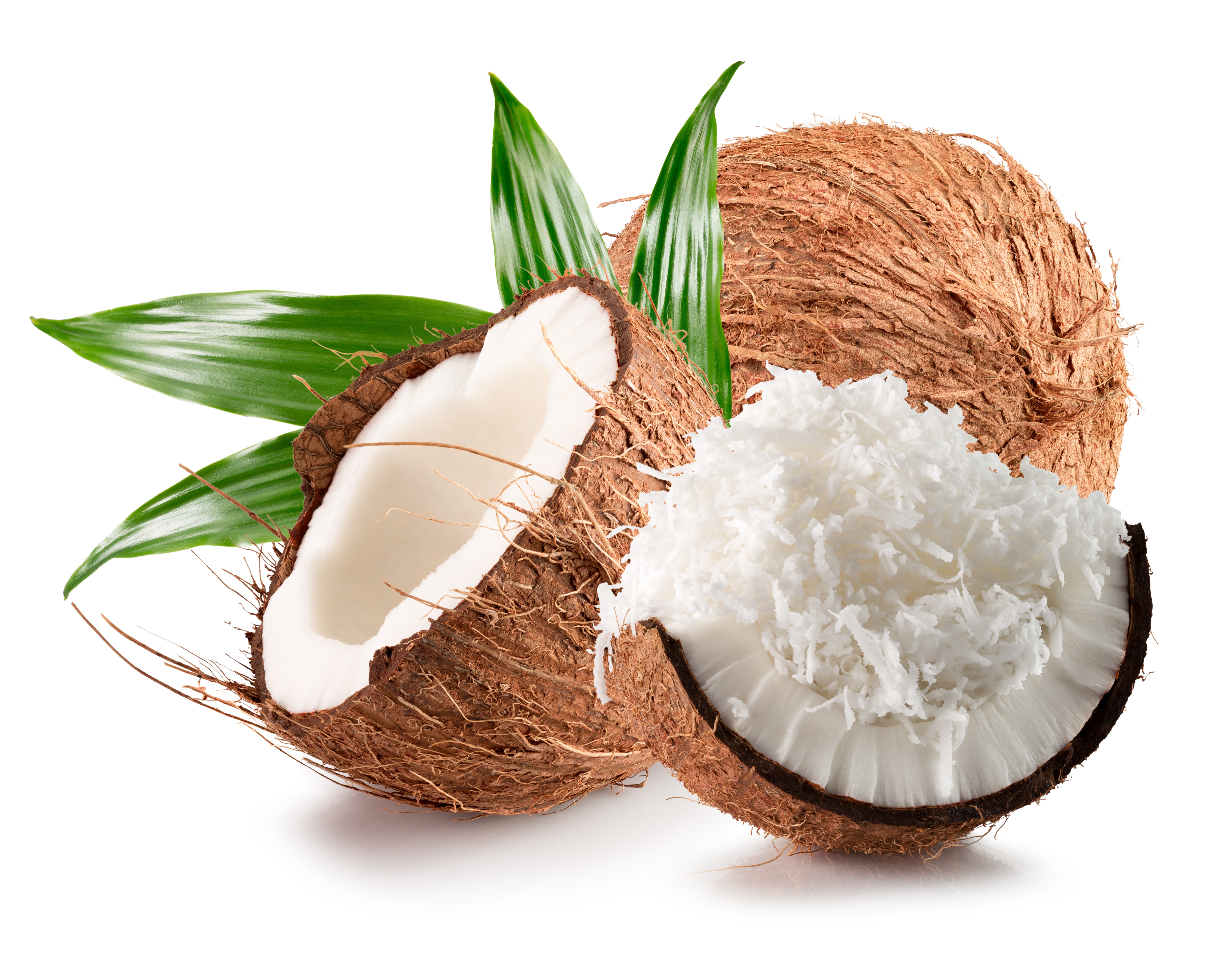Changing Export Dynamics for Vietnamese Fresh Coconuts
Vietnam is one of the biggest exporters of fresh coconuts. In 2018, it exported around 111.4 million USD worth of fresh coconuts. Their main market is China, where almost 50% of their coconuts go. Vietnam is ideal for growing the coconuts due to its tropical climate. Located downstream of the Mekong River, the Vietnamese coconut is rich in nutrients. The rain season provides the coconut tree with ample water to grow. What is more, most of the Vietnamese coconut trees are relatively young. This is very noteworthy, as most Asian coconut trees are quite old, meaning that their coconut supply will soon start to dwindle. Coconut trees need 10 to 20 years before they reach peak production, and only live around 80 years in total. Most coconut trees in Southeast Asian countries have been planted a long time ago, and are past their peak production period. Vietnam, on the other hand, can ensure a steady supply of coconuts throughout the next few years.
According to Beinco, a Vietnamese exporter of fresh coconuts, this season’s total coconut harvest came down to 1.2 billion nuts, which is around 10% higher than last year. This was mainly due to good weather conditions, combined with young coconut trees that were planted previously reaching maturity. The main cultivation area is Ben Tre province, which produces around 42.5% of the national coconut production.
Most exported coconuts in the world are desiccated coconuts, with an export value of 761.5 million USD. The second most exported form of coconuts is fresh coconuts. The export of fresh coconuts is divided between coconuts exported in the inner shell (endocarp) and all other fresh coconuts, but it is important to notice that this distinction is not reliable as many exporters list their product arbitrarily under one of these two categories. The total export value of fresh coconuts, both in the inner shell and not, is 511 million USD. The total export of fresh coconuts has grown over the last years, as demand has risen.

Total fresh coconut export from Vietnam, however, has been fluctuating. In general, the export is rising but from 2017 to 2018, the export of fresh coconuts decreased by 21.5% to 51 million USD. This is mainly due to Vietnamese dependency on the Chinese market. This year, export to China is decreasing even further. According to Beinco this is partly due to the trade spat between China and the US: “China now has a tendency to use their local products instead of importing.”
Another reason the export of fresh coconuts decreased, is that China is increasingly focused on processed coconuts rather than fresh coconuts. Over the last few years, more processing facilities have been built, and the Chinese market now demands more coconuts that are ready for processing. As a result, unlike the export of fresh coconuts, the Vietnamese export of desiccated coconuts to China has risen by 1340% to 1.9 million USD. Furthermore, China is diversifying its import markets and has started to import fresh coconuts from the Philippines as well.
Despite this, Beinco is certain that exports of fresh coconuts will rise again. “The demand for fresh coconuts has been increasing over the last few years. Fresh, natural coconuts and healthy coconut-based drinks are in high demand worldwide. Consumers are also looking to buy eco-friendly products.” However, market diversification is necessary in order for the price of Vietnamese coconuts to stabilize. Markets such as Europe and the US provide lots of potentials for Vietnamese exporters, as the demand for fresh coconuts has been increasing steadily.




